Home>Gardening & Outdoor>Pool & Spa Care>How To Remove Biofilm From Hot Tub
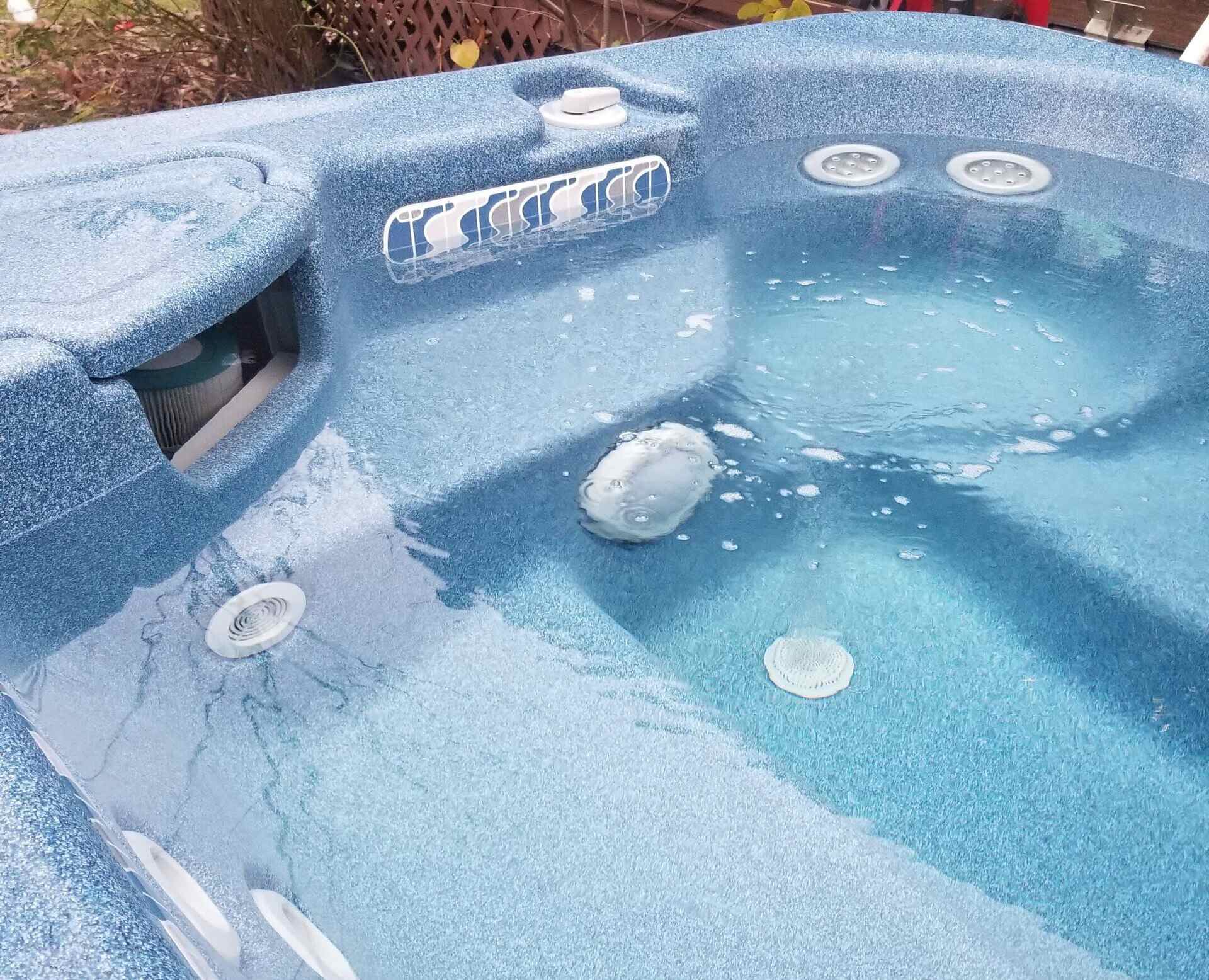

Pool & Spa Care
How To Remove Biofilm From Hot Tub
Published: December 29, 2023
Learn effective methods for removing biofilm from your hot tub in this comprehensive guide. Keep your pool and spa clean with our expert tips and tricks. Discover the best pool and spa care techniques now!
(Many of the links in this article redirect to a specific reviewed product. Your purchase of these products through affiliate links helps to generate commission for Storables.com, at no extra cost. Learn more)
Introduction
Owning a hot tub is a luxurious and relaxing experience, offering a private oasis for unwinding and rejuvenating the body and mind. However, to maintain this tranquil retreat, proper care and maintenance are essential. One common issue that hot tub owners may encounter is the presence of biofilm, a slimy and stubborn layer of bacteria that can develop on various surfaces within the hot tub. Understanding how to effectively remove and prevent biofilm is crucial for preserving the cleanliness and functionality of your hot tub.
In this comprehensive guide, we will delve into the nature of biofilm and explore various methods for eradicating it from your hot tub. Whether you are a seasoned hot tub owner or a newcomer to the world of water maintenance, this article will equip you with the knowledge and techniques needed to combat biofilm and keep your hot tub in pristine condition.
Let's embark on a journey to uncover the secrets of biofilm in hot tubs and discover the most effective strategies for banishing it from your aquatic haven.
Key Takeaways:
- Combat biofilm in your hot tub by using chlorine-based sanitizers, bromine, and non-chlorine shock treatments. These chemicals break down the slimy layer of bacteria, ensuring a clean and safe soaking experience.
- Prevent biofilm build-up by regularly testing and maintaining water chemistry, thorough cleaning, optimizing water circulation, periodic drainage and refilling, and using biofilm control products. These proactive measures maintain water clarity and purity.
Read more: How To Remove A Jet From A Hot Tub
Understanding Biofilm in Hot Tubs
Before delving into the methods for removing biofilm from hot tubs, it is crucial to grasp the nature of this stubborn substance. Biofilm is a complex matrix of microorganisms, including bacteria, algae, fungi, and protozoa, encased in a self-produced slimy extracellular polymeric substance (EPS). This slimy layer adheres to various surfaces within the hot tub, such as the walls, plumbing, and filtration system, creating an ideal environment for microbial growth.
The formation of biofilm begins with the initial attachment of microorganisms to a surface, followed by the secretion of EPS, which provides protection and support for the microbial community. Over time, the biofilm can proliferate and become increasingly resistant to traditional cleaning methods, posing challenges for hot tub owners.
One of the primary concerns associated with biofilm in hot tubs is its potential to harbor harmful bacteria and pathogens, compromising the water quality and posing health risks to bathers. Additionally, biofilm can impede the effectiveness of sanitizers and disinfectants, leading to persistent water quality issues despite regular chemical treatments.
Furthermore, biofilm can contribute to unpleasant odors, cloudy water, and clogging of the filtration system, diminishing the overall enjoyment and functionality of the hot tub.
By understanding the composition and repercussions of biofilm, hot tub owners can appreciate the significance of proactive measures to prevent its formation and implement targeted strategies for its removal.
Methods for Removing Biofilm from Hot Tubs
When confronted with the presence of biofilm in your hot tub, it is essential to employ effective methods for its removal. Fortunately, several approaches can be utilized to combat and eliminate biofilm, restoring the cleanliness and purity of the water. These methods encompass both chemical treatments and mechanical cleaning techniques, each offering distinct advantages in addressing biofilm-related issues.
By combining these strategies, hot tub owners can achieve comprehensive biofilm removal and establish a hygienic environment for leisure and relaxation.
Chemical Treatments
Chemical treatments are a fundamental aspect of biofilm removal in hot tubs, leveraging the potency of specialized products to break down and eradicate the stubborn microbial matrix. Chlorine-based sanitizers, bromine, and non-chlorine shock treatments are commonly employed to combat biofilm and prevent its resurgence.
Additionally, enzymatic cleaners and biofilm disruptors can be utilized to target and degrade the EPS matrix, rendering the biofilm more susceptible to traditional sanitizers and facilitating its removal from the hot tub surfaces. These products work by enzymatically breaking down the organic components of biofilm, effectively weakening its structure and enhancing the efficacy of subsequent cleaning procedures.
Mechanical Cleaning
In conjunction with chemical treatments, mechanical cleaning plays a pivotal role in dislodging and eliminating biofilm from hot tub surfaces. Manual scrubbing with a non-abrasive cleaning pad or brush can help physically disrupt the biofilm matrix, loosening its grip on the walls and other components of the hot tub.
Furthermore, the use of high-pressure water or air, such as with a pressure washer or air compressor, can aid in dislodging and flushing out biofilm from intricate areas, including the plumbing lines and jets. Thoroughly cleaning and flushing the filtration system is also essential to prevent biofilm from accumulating and circulating within the hot tub.
By combining chemical treatments with meticulous mechanical cleaning, hot tub owners can effectively target and eliminate biofilm, restoring the pristine condition of the water and ensuring a safe and enjoyable soaking experience.
Read more: How To Remove Hot Tub From Deck
Chemical Treatments
Chemical treatments are a cornerstone of biofilm removal in hot tubs, offering a potent and targeted approach to combatting this persistent issue. Various chemical agents and formulations can be employed to effectively break down and eradicate biofilm, restoring the cleanliness and purity of the hot tub water.
Chlorine-based sanitizers, such as chlorine tablets or granules, are widely utilized in hot tub maintenance to disinfect the water and combat microbial growth, including biofilm formation. Chlorine effectively oxidizes and disrupts the organic components of biofilm, rendering it more susceptible to removal and preventing its reformation.
Bromine, an alternative sanitizer to chlorine, also exhibits efficacy in addressing biofilm. Bromine-based products work to sanitize the water and surfaces, inhibiting the growth of microorganisms and contributing to biofilm control and eradication.
Non-chlorine shock treatments, often containing potassium peroxymonosulfate, provide an additional line of defense against biofilm. These oxidizing agents help break down organic contaminants and microbial byproducts, including components of biofilm, ensuring a thorough and comprehensive sanitization of the hot tub water.
Enzymatic cleaners and biofilm disruptors are specialized products designed to target and degrade the extracellular polymeric substance (EPS) that encapsulates biofilm. These cleaners contain enzymes that enzymatically break down the organic matrix of biofilm, weakening its structure and enhancing the effectiveness of traditional sanitizers. By incorporating enzymatic cleaners into the maintenance routine, hot tub owners can bolster their efforts to combat and prevent biofilm accumulation.
It is important to adhere to the recommended dosage and application instructions for chemical treatments, ensuring that the water chemistry remains balanced and the efficacy of the sanitizers is optimized. Regular monitoring of the sanitizer levels and pH balance is essential to sustain an environment that is hostile to biofilm formation and microbial proliferation.
By leveraging the power of chemical treatments, hot tub owners can proactively address biofilm issues, safeguarding the water quality and promoting a hygienic and inviting hot tub environment.
Mechanical Cleaning
In the battle against biofilm in hot tubs, mechanical cleaning serves as a vital and proactive approach to dislodging and eliminating the stubborn microbial matrix from various surfaces. By employing meticulous mechanical cleaning techniques, hot tub owners can effectively disrupt and remove biofilm, contributing to the restoration of pristine water quality and the prevention of biofilm-related issues.
Manual scrubbing with a non-abrasive cleaning pad or brush is an essential component of mechanical cleaning, enabling hot tub owners to physically dislodge and disrupt biofilm from the walls, seats, and other components of the hot tub. This hands-on approach allows for targeted removal of biofilm, particularly in areas where it may accumulate and adhere, ensuring a thorough and comprehensive cleaning process.
Furthermore, the use of high-pressure water or air can aid in dislodging and flushing out biofilm from intricate areas within the hot tub. Pressure washers and air compressors, when used with caution and appropriate attachments, can effectively dislodge biofilm from surfaces, including the plumbing lines, jets, and crevices that may harbor microbial growth. This process helps to flush out the disrupted biofilm, preventing its reattachment and accumulation in hard-to-reach areas.
Cleaning and flushing the hot tub’s filtration system is also integral to mechanical cleaning, as biofilm can accumulate within the filter media and impede its function. Regular maintenance of the filter, including thorough cleaning and periodic replacement as recommended by the manufacturer, is essential to prevent biofilm from circulating and recontaminating the water.
By integrating mechanical cleaning into the routine hot tub maintenance regimen, hot tub owners can proactively address biofilm issues and maintain a clean and hygienic environment for relaxation and rejuvenation. The combination of chemical treatments and meticulous mechanical cleaning ensures a comprehensive approach to biofilm removal, promoting water clarity and purity.
It is important to exercise caution and follow manufacturer guidelines when utilizing mechanical cleaning tools and equipment to prevent damage to the hot tub surfaces and components. By adopting a proactive and thorough approach to mechanical cleaning, hot tub owners can effectively combat biofilm and preserve the integrity of their aquatic oasis.
Preventing Biofilm Build-Up
Prevention is paramount when it comes to managing biofilm in hot tubs. By implementing proactive measures and incorporating preventive strategies into the regular maintenance routine, hot tub owners can mitigate the risk of biofilm formation and ensure a clean and hygienic environment for leisure and relaxation.
Regular Water Testing and Maintenance
Consistent monitoring of the hot tub water chemistry is essential for preventing biofilm build-up. Regular water testing using reliable test kits allows hot tub owners to maintain proper sanitizer levels, pH balance, and alkalinity, creating an environment that discourages microbial growth and biofilm formation. By promptly addressing any fluctuations in water chemistry, hot tub owners can proactively mitigate the conditions conducive to biofilm development.
Read more: How To Remove Iron From Hot Tub Water
Thorough Cleaning and Maintenance
Routine and thorough cleaning of the hot tub surfaces, including walls, seats, and components, is crucial for preventing biofilm accumulation. Regular manual scrubbing and cleaning, coupled with meticulous attention to detail, can disrupt and remove any potential biofilm formation, minimizing the risk of its establishment and proliferation.
Proper Water Circulation and Filtration
Optimizing water circulation and filtration is instrumental in preventing biofilm build-up in hot tubs. Adequate water circulation helps prevent stagnant areas where biofilm can thrive, while a well-maintained filtration system efficiently removes organic debris and microbial contaminants that contribute to biofilm formation. Regular cleaning and maintenance of the filtration system are essential to prevent biofilm from circulating and recontaminating the water.
Periodic Drainage and Refilling
Periodic drainage and refilling of the hot tub water can help disrupt the biofilm life cycle and prevent its accumulation. Draining the hot tub and thoroughly cleaning the surfaces before refilling with fresh water can minimize the potential for biofilm formation, contributing to a clean and rejuvenating soaking experience.
Use of Biofilm Control Products
Utilizing specialized biofilm control products, such as enzymatic cleaners and biofilm disruptors, can proactively target and prevent biofilm formation. These products work to degrade the EPS matrix and inhibit biofilm development, complementing regular chemical treatments and mechanical cleaning efforts.
By integrating these preventive measures into the hot tub maintenance routine, owners can create an environment that is inhospitable to biofilm, promoting water clarity, purity, and a pristine hot tub experience.
Read more: How Do I Get Rid Of Biofilm In My Hot Tub
Conclusion
As a hot tub owner, understanding the nature of biofilm and implementing effective strategies for its removal and prevention is crucial for maintaining a clean, inviting, and hygienic aquatic environment. Biofilm, with its complex matrix of microorganisms and slimy extracellular polymeric substance, presents a persistent challenge that can compromise water quality and detract from the enjoyment of the hot tub.
By comprehending the mechanisms of biofilm formation and employing a multifaceted approach to its eradication, hot tub owners can ensure that their aquatic oasis remains a pristine and rejuvenating retreat. Chemical treatments, including chlorine-based sanitizers, bromine, non-chlorine shock treatments, and enzymatic cleaners, play a pivotal role in breaking down and combating biofilm, rendering it more susceptible to removal and preventing its resurgence.
Furthermore, mechanical cleaning techniques, such as manual scrubbing, high-pressure water or air, and thorough filtration system maintenance, complement chemical treatments by physically disrupting and removing biofilm from surfaces and intricate areas within the hot tub.
Prevention is equally vital in the ongoing battle against biofilm, with regular water testing, thorough cleaning, proper water circulation, periodic drainage and refilling, and the use of biofilm control products serving as proactive measures to mitigate the risk of biofilm formation and maintain water clarity.
By integrating these strategies into the routine maintenance and care of the hot tub, owners can safeguard the purity and cleanliness of the water, ensuring a safe, inviting, and rejuvenating environment for relaxation and leisure.
Armed with the knowledge and techniques outlined in this guide, hot tub owners are empowered to combat biofilm effectively, preserving the integrity of their aquatic haven and indulging in the tranquil and revitalizing experience that a well-maintained hot tub offers.
With a proactive and comprehensive approach to biofilm management, hot tub owners can revel in the serenity and luxury of their aquatic retreat, free from the encumbrances of biofilm and its associated challenges.
After mastering how to rid your hot tub of pesky biofilm, you're likely wondering about maintaining pristine water quality. Maintaining a spa necessitates the right balance of treatments. Dive into our next article, which details different options available for spa maintenance. Whether seeking chlorine-based solutions or more natural alternatives, find out which hot tub chemicals suit your needs best.
Frequently Asked Questions about How To Remove Biofilm From Hot Tub
Was this page helpful?
At Storables.com, we guarantee accurate and reliable information. Our content, validated by Expert Board Contributors, is crafted following stringent Editorial Policies. We're committed to providing you with well-researched, expert-backed insights for all your informational needs.
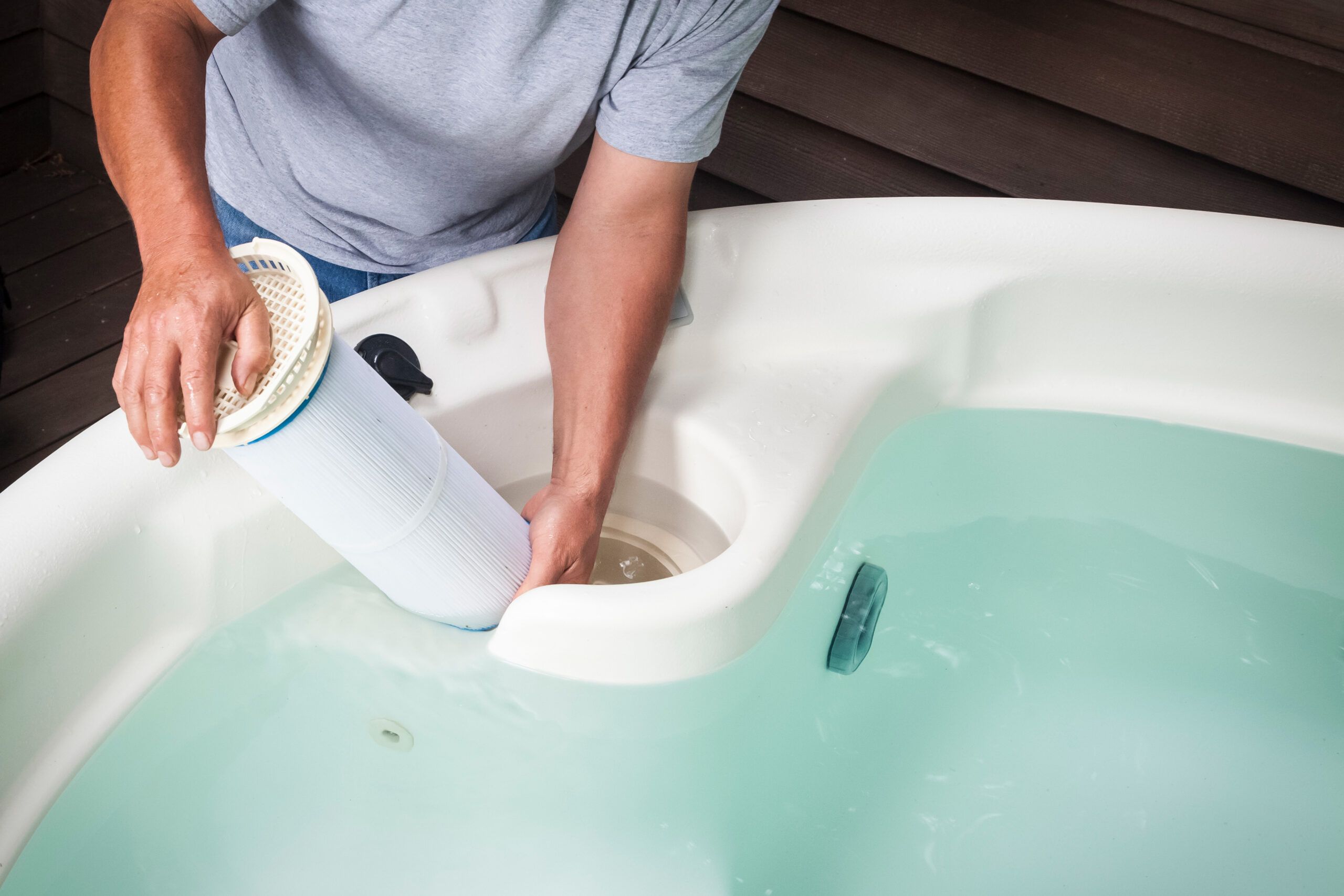
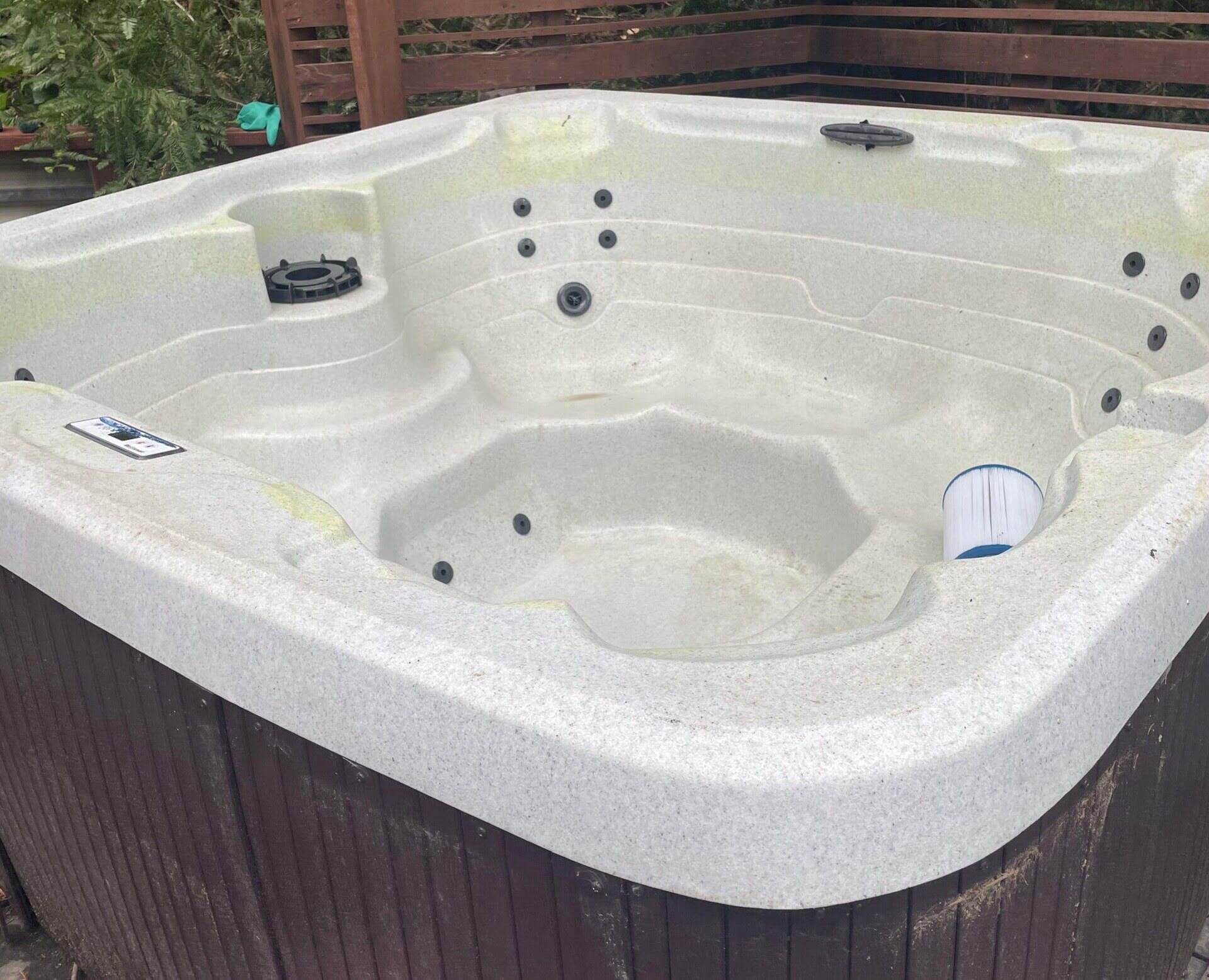
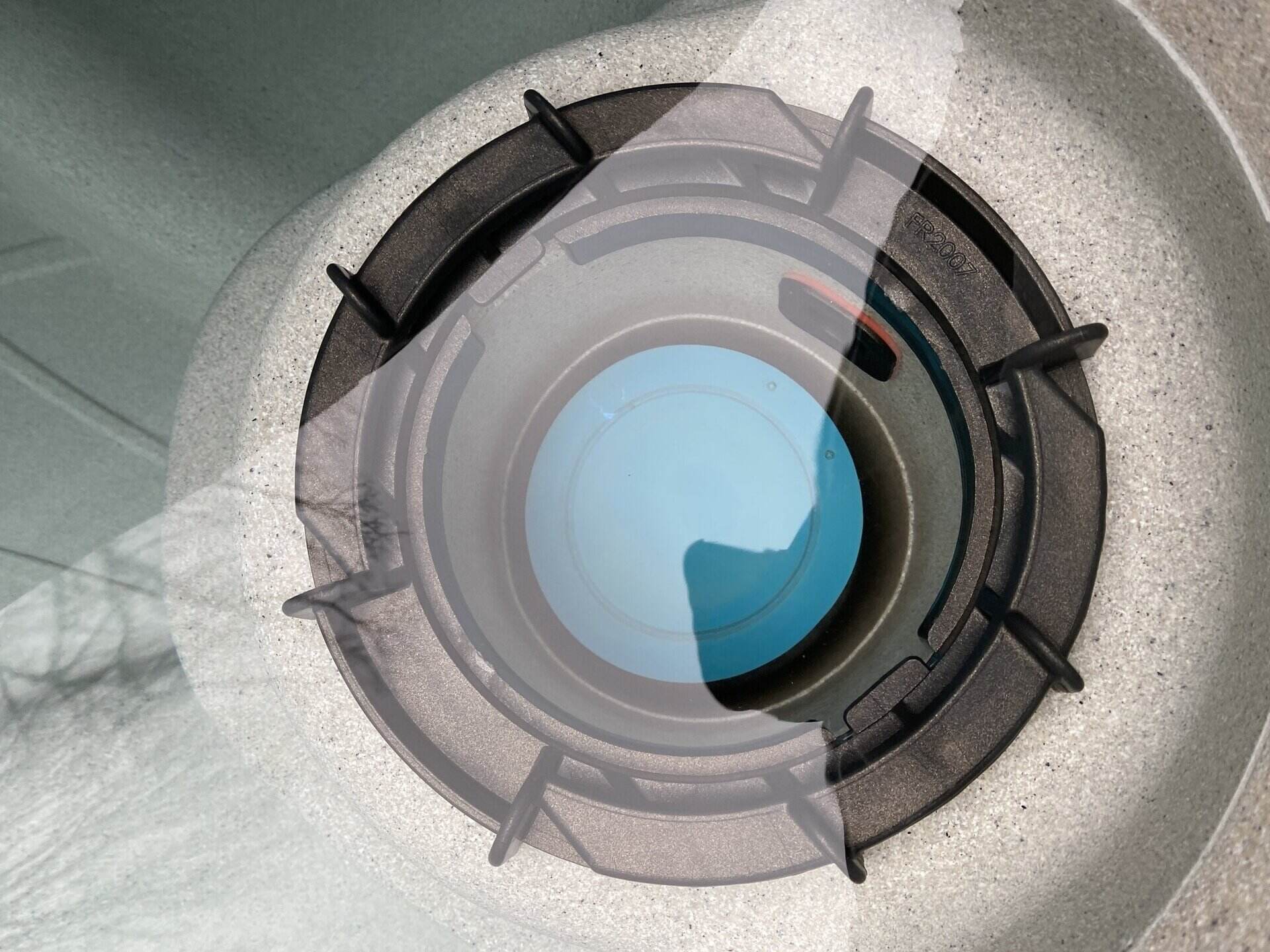
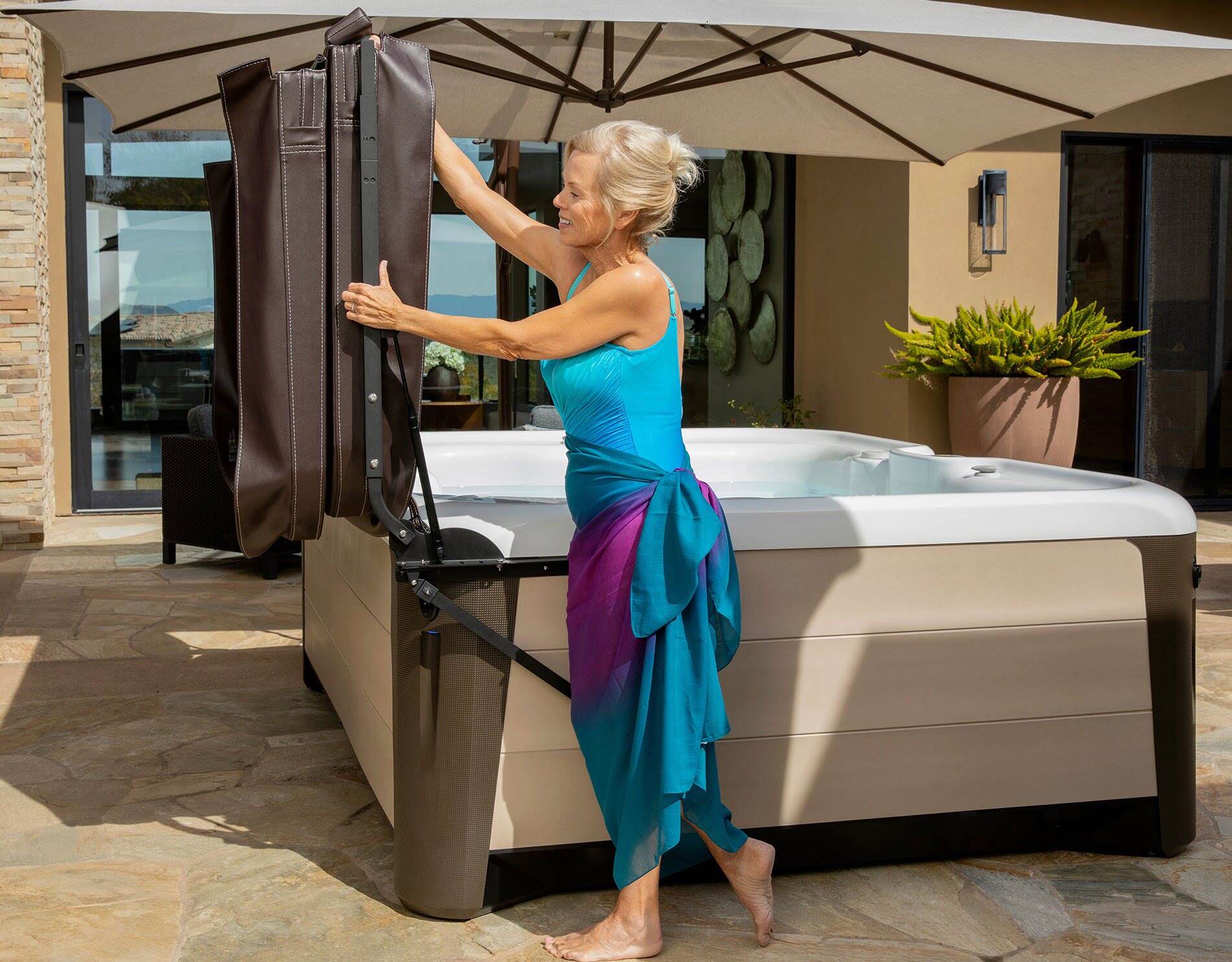
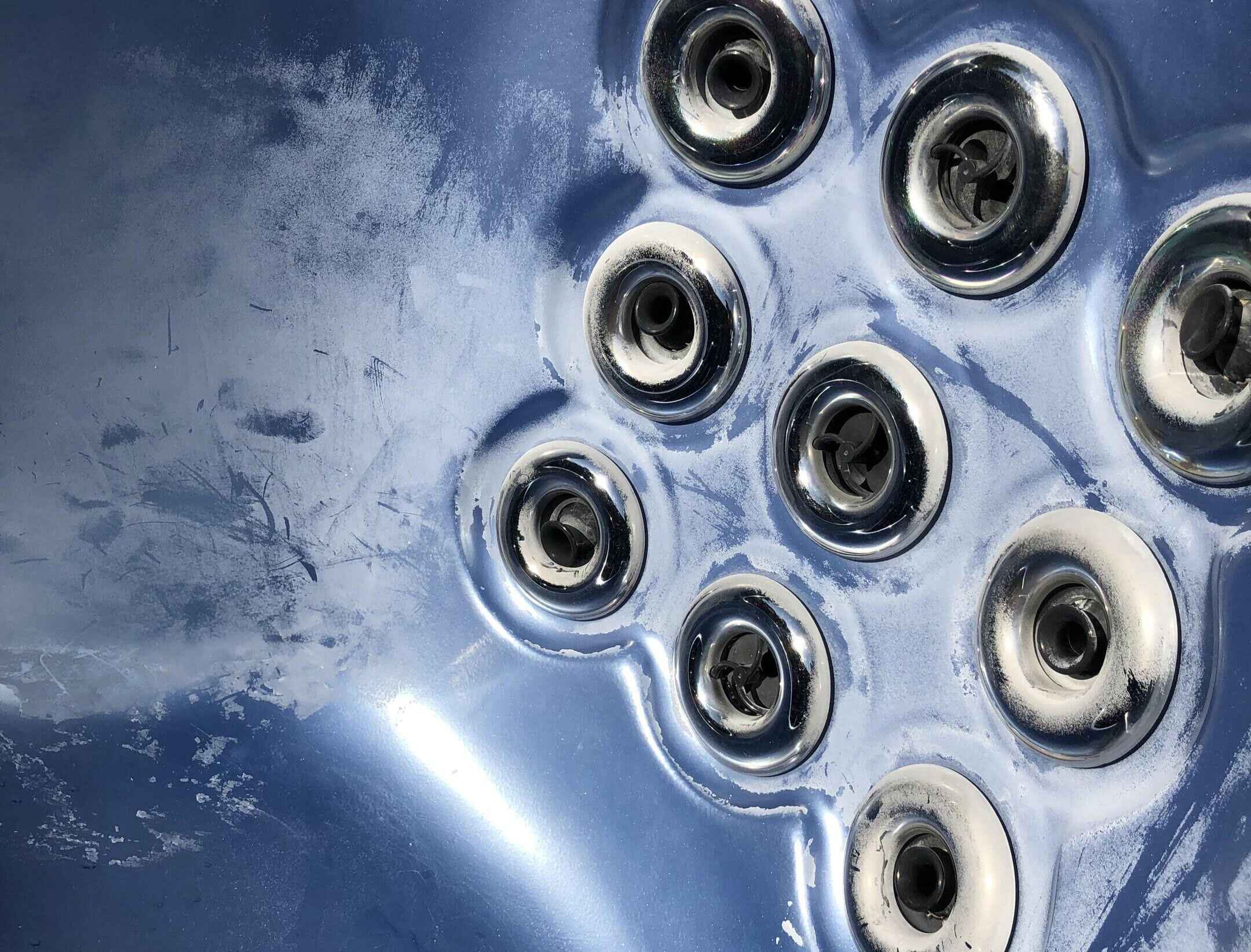
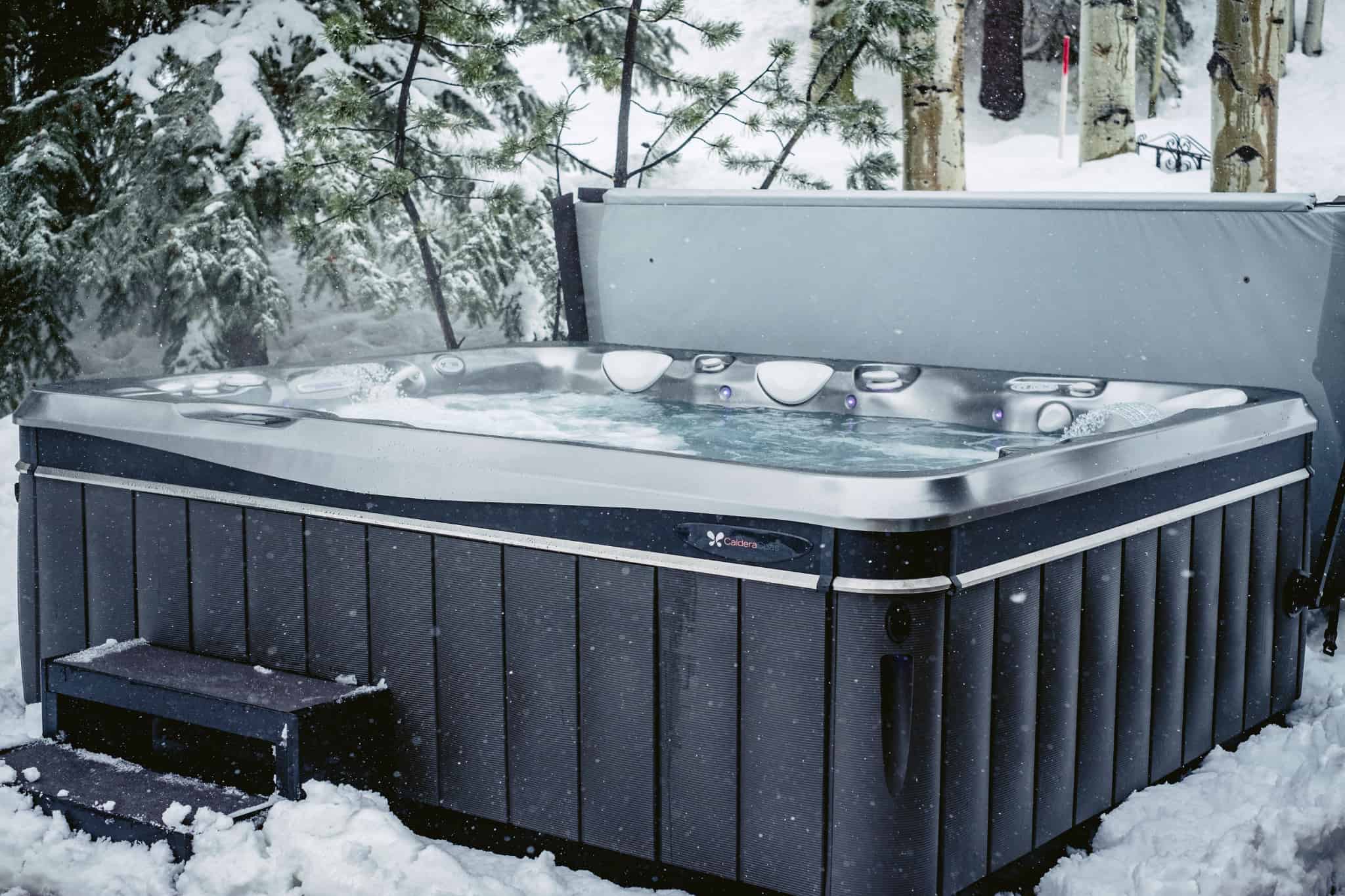
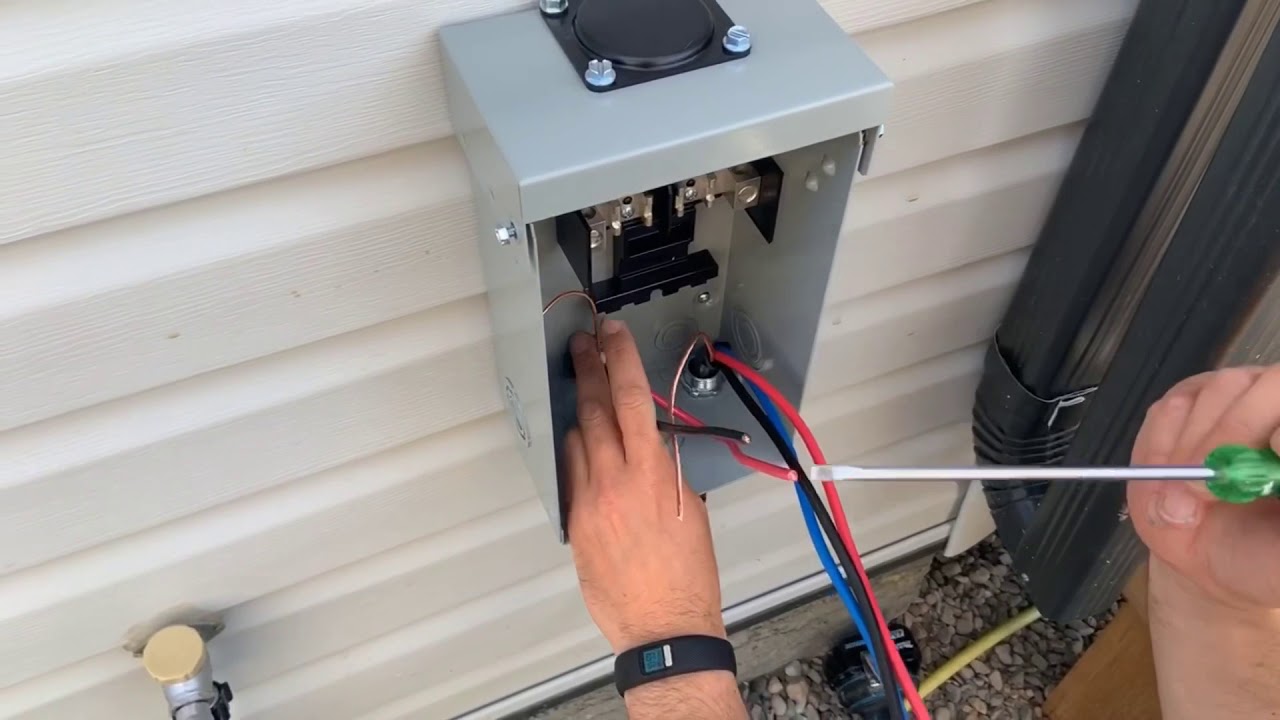
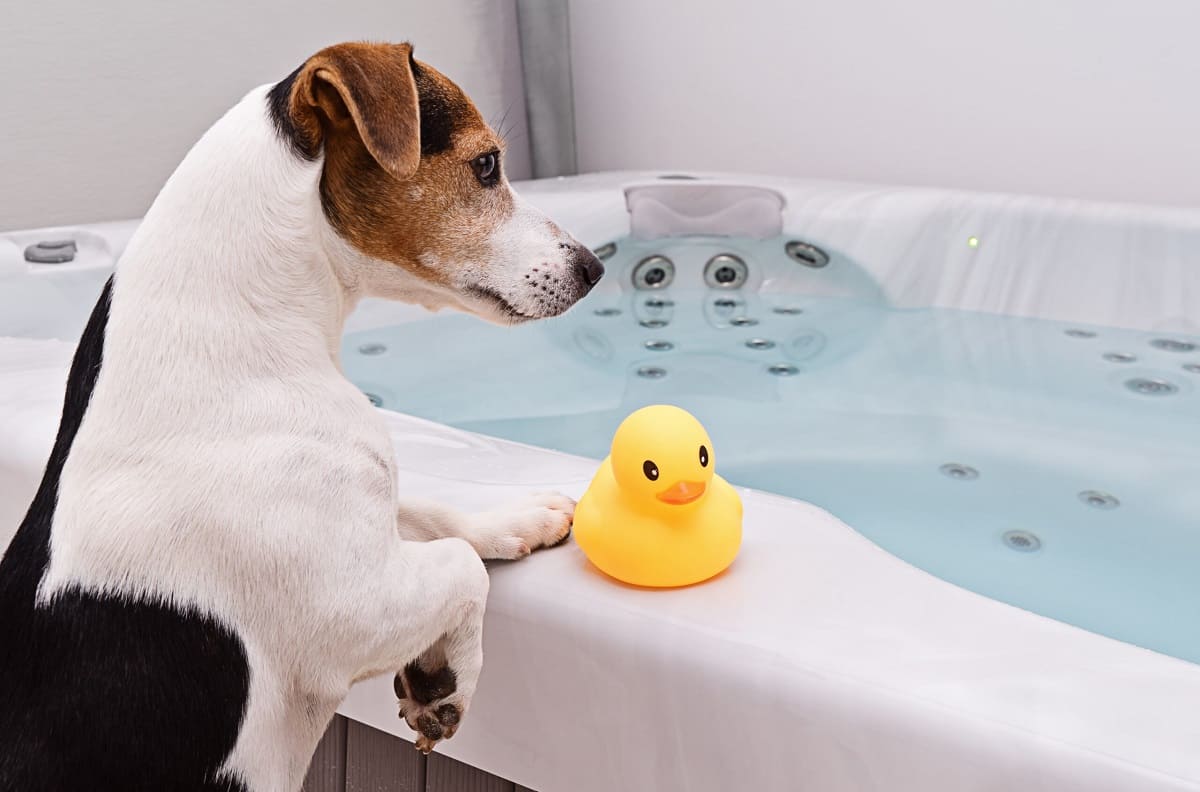
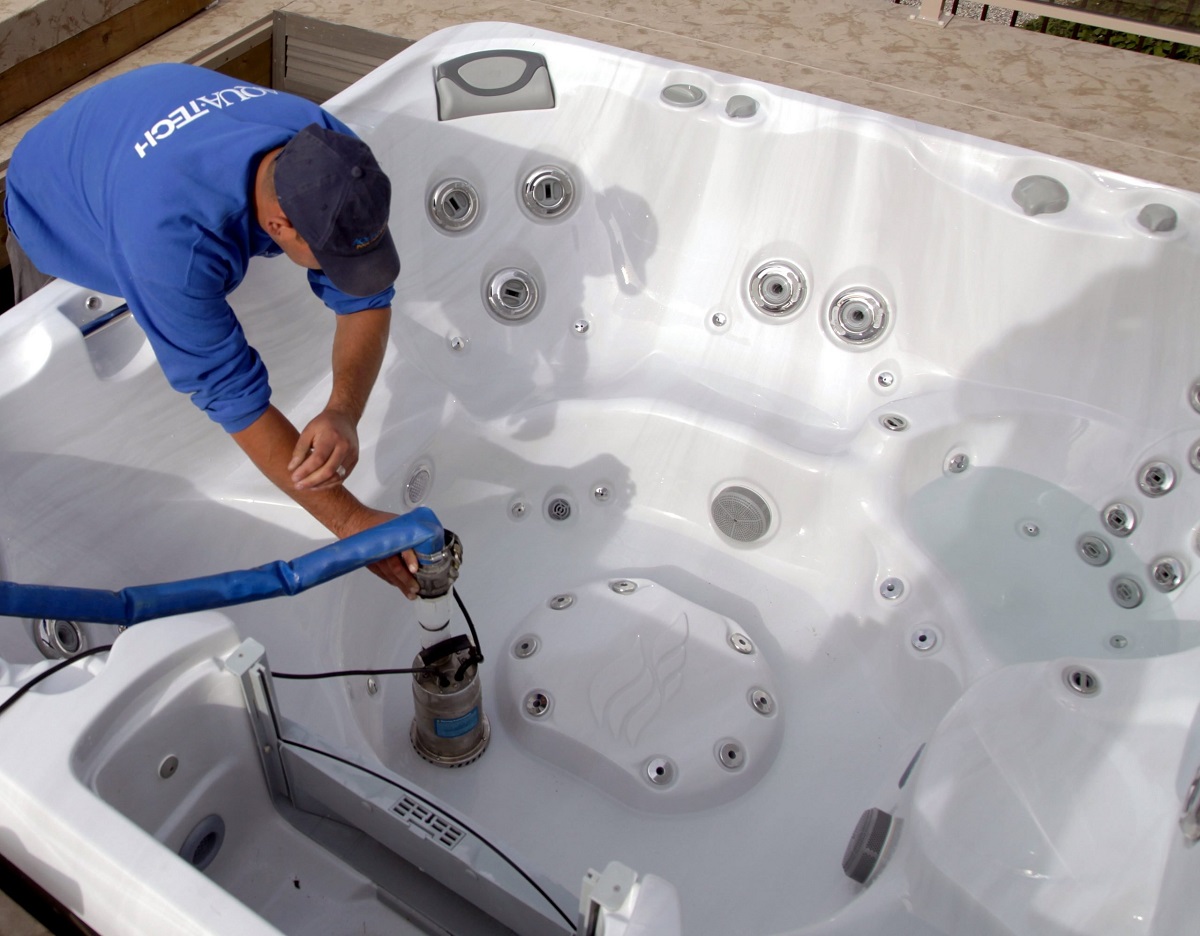
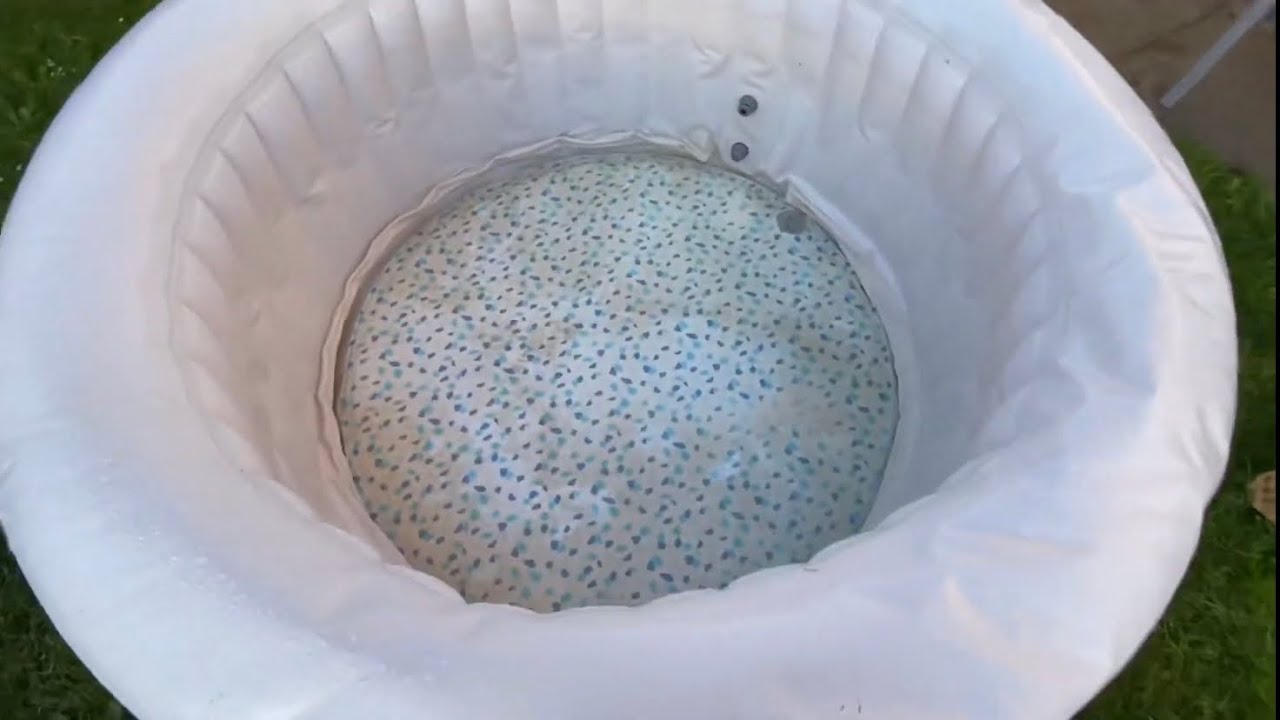
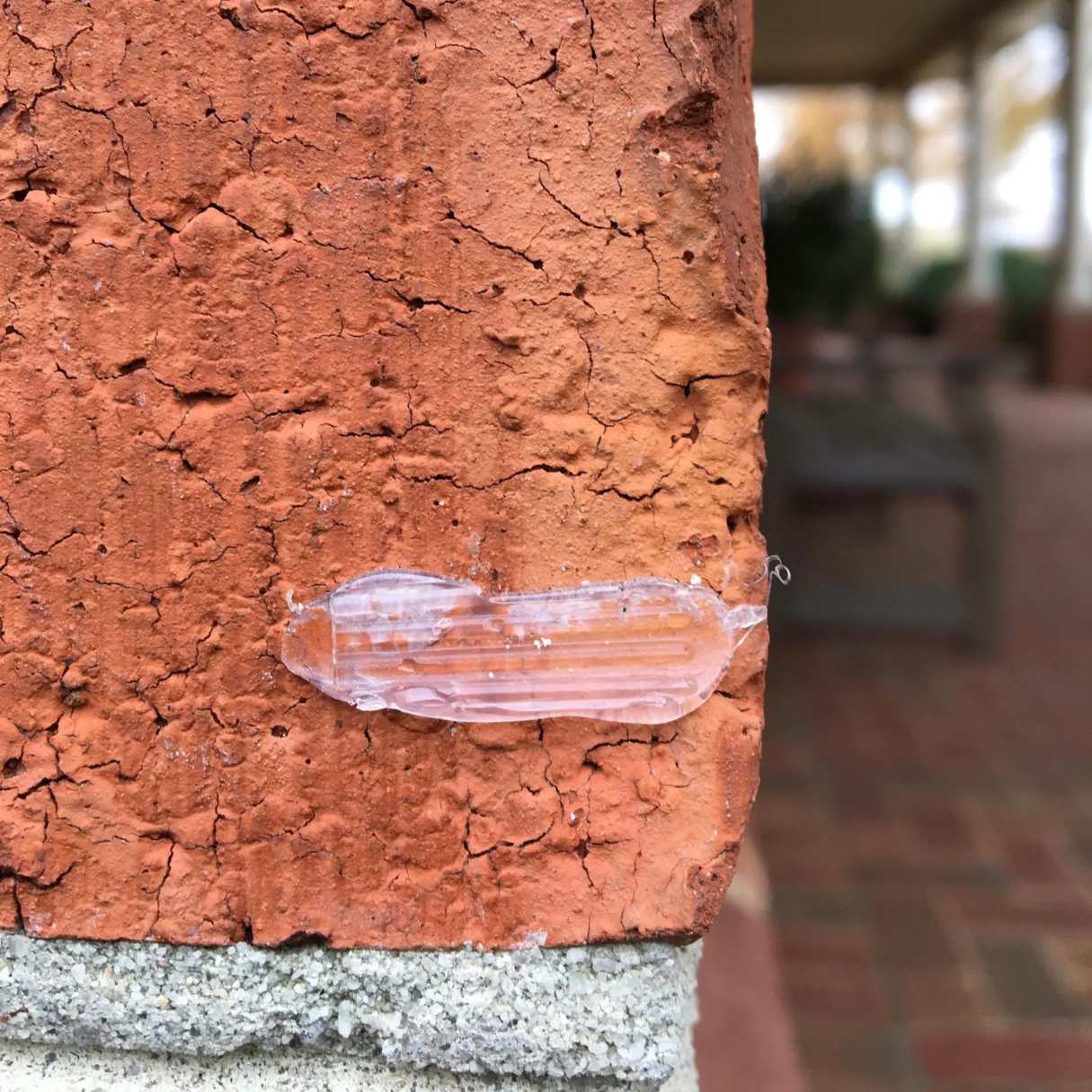
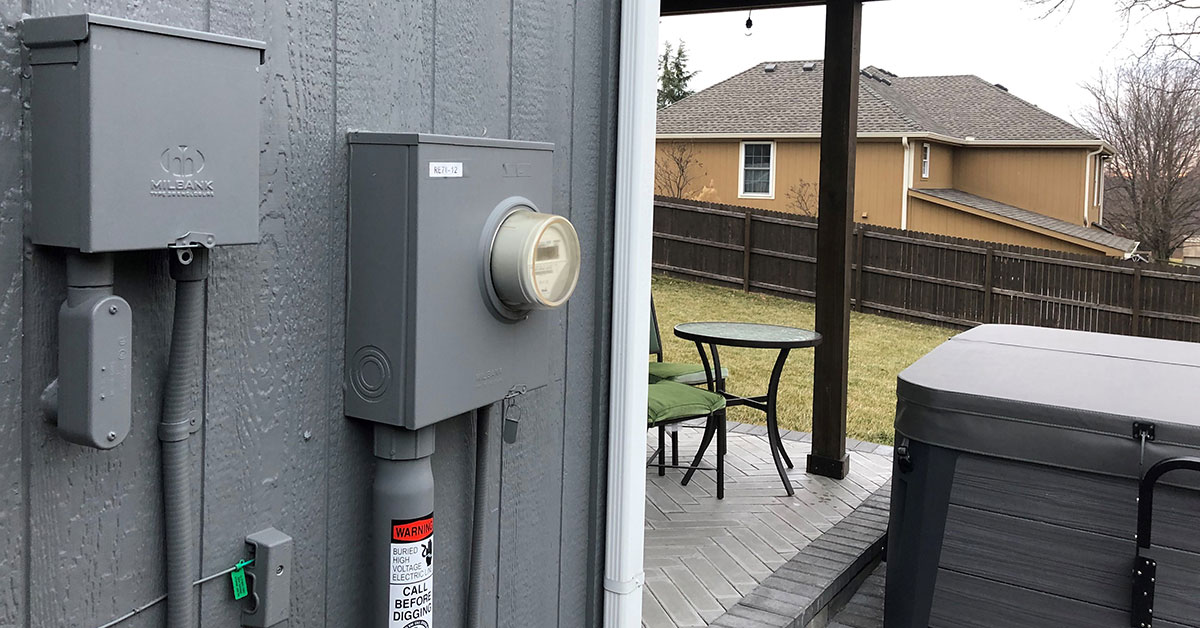

0 thoughts on “How To Remove Biofilm From Hot Tub”